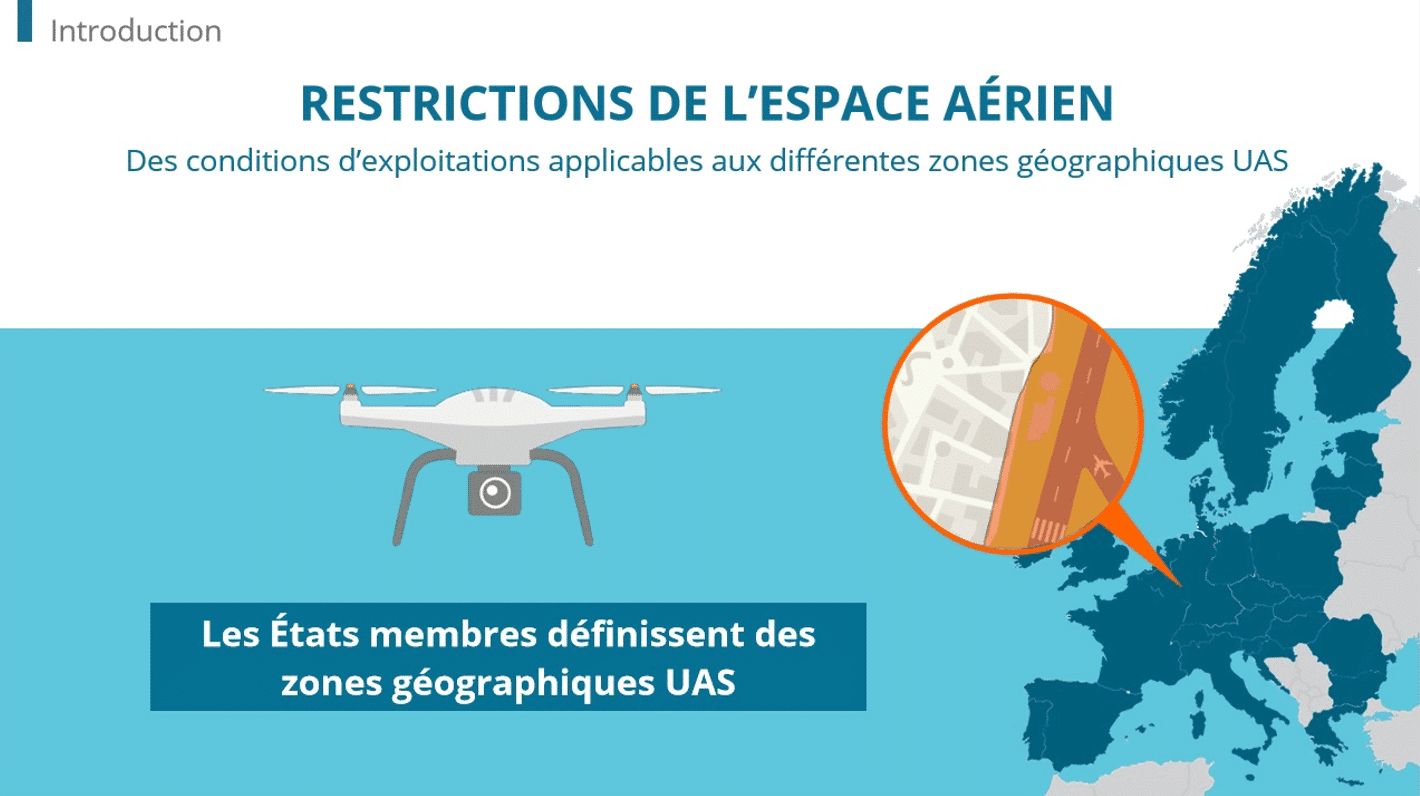When properly integrated, technology can make digital learning more accessible for the trainer and learner alike. It guarantees a dialogue between the two.
New technologies can allow conversations to continue without the constraints of time. This creates a sense of community previously lacking from digital learning, benefitting both the trainer and learner.
What tools are useful for digital learning?
1. Social networks
Tools developed by social media give digital learning a space where information can be shared. These tools encourage learners to share their views and facilitate dialogue with the trainer. They allow you to create pages and discussion groups on specific topics and maintain your interest in the subject being studied. They give digital learning the social characteristics of classroom-based learning.
2. Blogs and wikis
Blogs and wikis have collaborative and participative functionality. It’s a means of creating new resources that can be reused and saved in a protected space.
From time to time learners may be asked to contribute to the blog, asked to write on a set theme. This task benefits all participants. In the same way, a wiki creates learning resources that are available 24/7 from any device. Students write and validate an article together using digital tools.
3. Photo sharing
The trainer can encourage learners to take and post pictures of their achievements or works in progress. This creates a clear parallel, illustrating the real situations being experienced by those who are being trained. And it could potentially guide them when they have doubts or encounter difficulties.
4. Video sharing
Similarly, video sharing by the instructor or learner adds a dimension to training, strengthening the skills of the whole group.
Photos and videos can be viewed in class or digitally, and reused from one year to the next. They provide an opportunity to identify the most advanced elements and be used to assist other learners.
5. Podcasts
Podcasts prepared by trainers or recorded in class are another way to reach learners outside the classroom.
6. Webinars
A webinar offers the same benefits of classroom-based learning without the associated costs. Many multimedia tools are available, such as whiteboards, PowerPoint presentations, demonstration videos, file sharing, etc. The webinar can be complemented with a chat function, meaning questions can be asked in real time without interrupting the training.
7. Flipped classroom
The concept of the flipped classroom consists of a course delivered via elearning before a class. Students then participate in the classroom, during which practical work is undertaken in groups. This can be done through m-learning.
For more tips on using social technologies in your elearning programme, contact the Dokeos team.








































